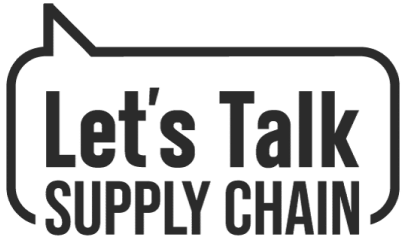In the past two years, multiple lockdowns, port congestion and other such challenges have resulted in supply chain chaos worldwide.
The industry has been facing unprecedented challenges, which are likely to continue well into 2022. In that light, here are 5 ways companies can prepare for the coming year.
1. Embrace digital transformation
Using the right technology, you can get a holistic view of your supply chain so you can act proactively, mitigate risks and make more informed decisions. The time is now to adapt by embracing digital transformation. And this doesn’t have to cost an exorbitant amount – the technology to help already exists, and is both cost-effective and easy to implement.
2. Diversify your ecosystem
Though unfortunate, it’s common for disruptions such as natural disasters, port closures, product shortages – and nowadays COVID variants – to pop up and negatively affect your supply chain. To enable flexibility and minimize disruptions to your supply chain you should diversify. Have a supply chain that involves multiple suppliers and partners across a range of local, regional, and global locations to support operations.
3. Sustainable sourcing
The fashion industry is responsible for about 10% of the world’s carbon emissions. COP26 has highlighted the need for the industry to be more sustainable. We imagine this will be a huge focus in the next year. Fashion companies will need to know the provenance of their products and how they are made. Sustainable sourcing will also be a key priority. With regulators and consumers demanding more transparency, companies who are proactive will have a competitive edge.
4. Overcome silo mentality
The apparel industry is notoriously opaque and fragmented. In order to achieve true transparency, businesses and the wider industry have to break down silos. Without information-sharing amongst key departments in a company, it’s difficult for any business to have a complete picture and act quickly to take advantage of new opportunities.
5. Measure what matters
There’s a significant amount of data held across systems. Technology can help consolidate and analyze this data to provide powerful insights. For example, they can help identify inefficiencies in their supply chain, or drive performance against KPIs by learning from historic trends.
About the Author
 Lindsey Hermes is a professional in the digital B2B world.
Lindsey Hermes is a professional in the digital B2B world.












